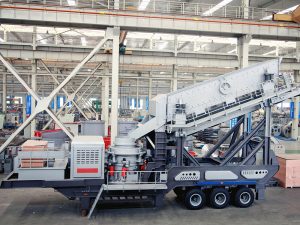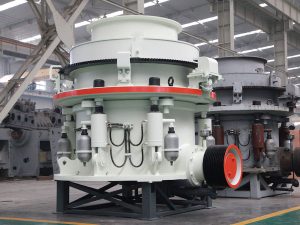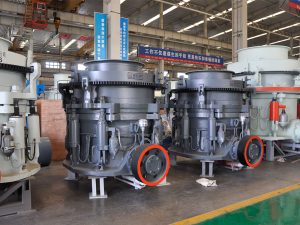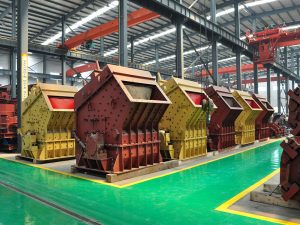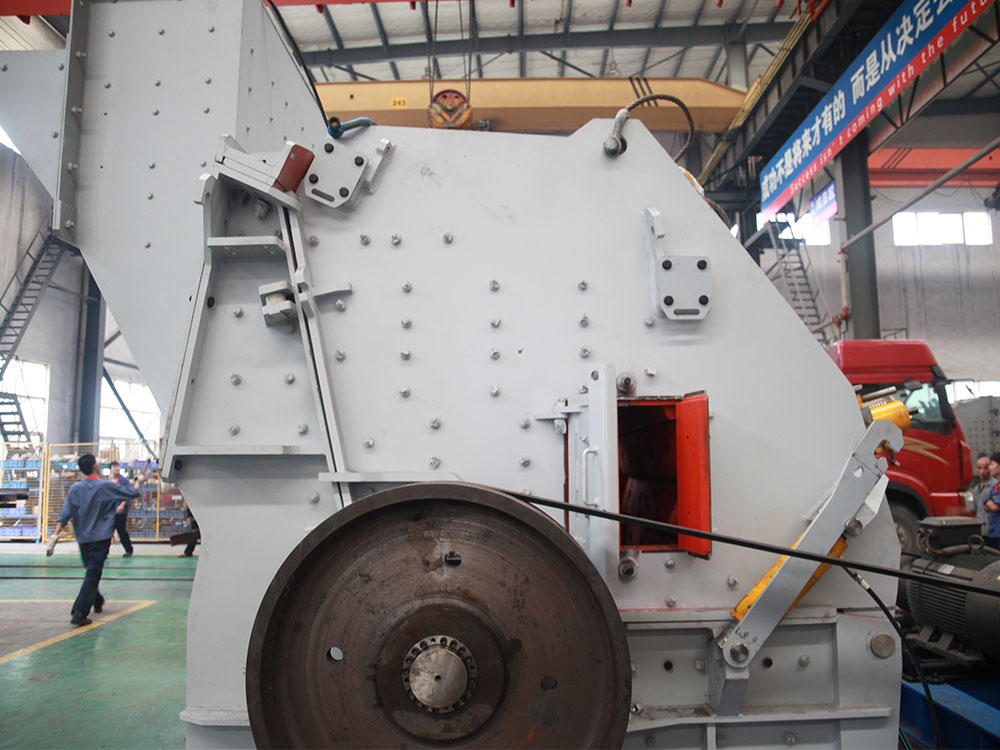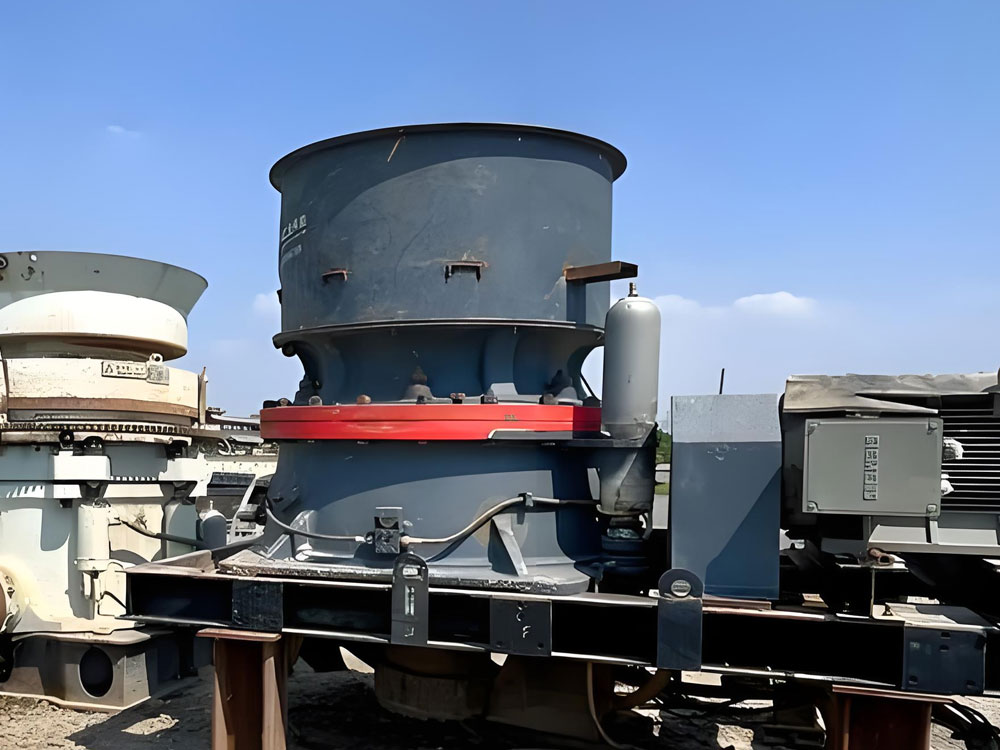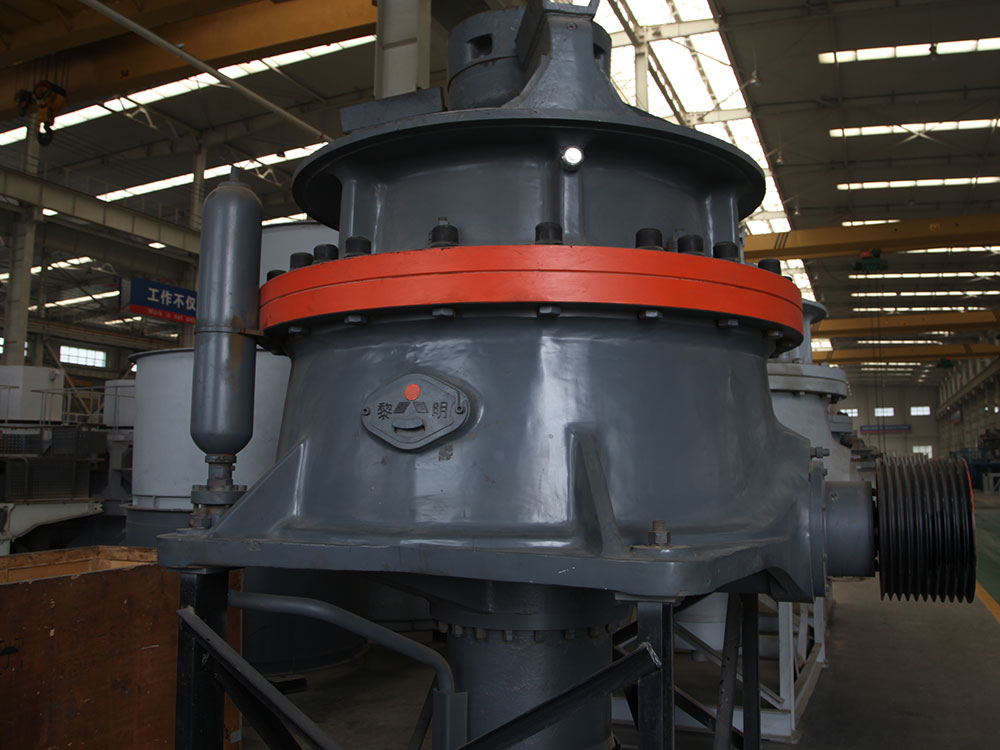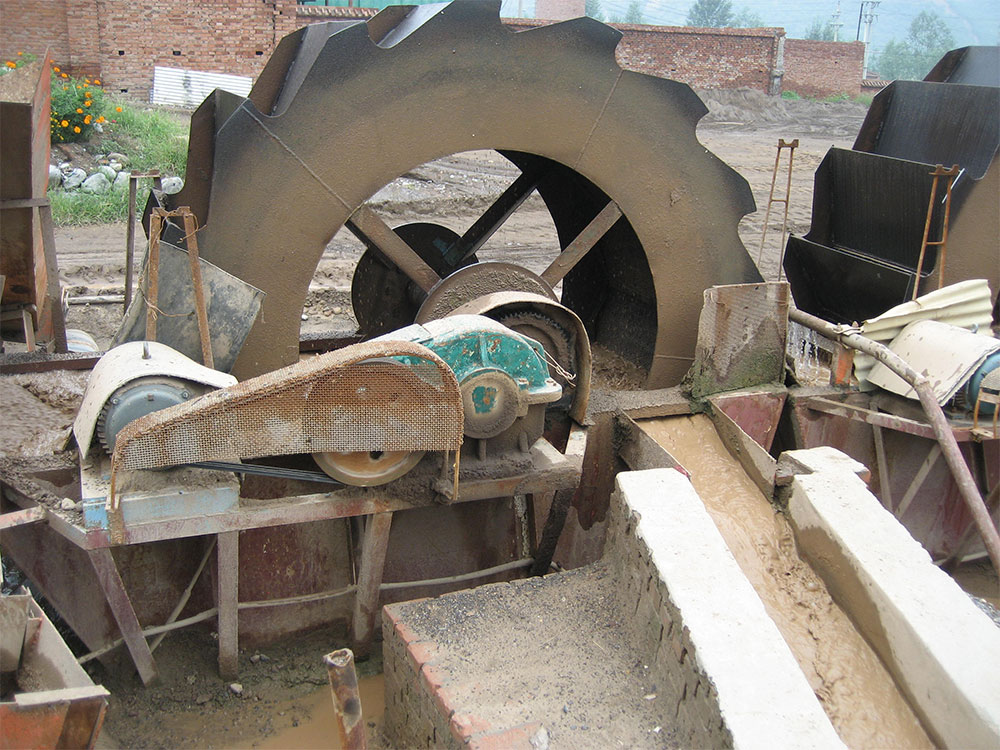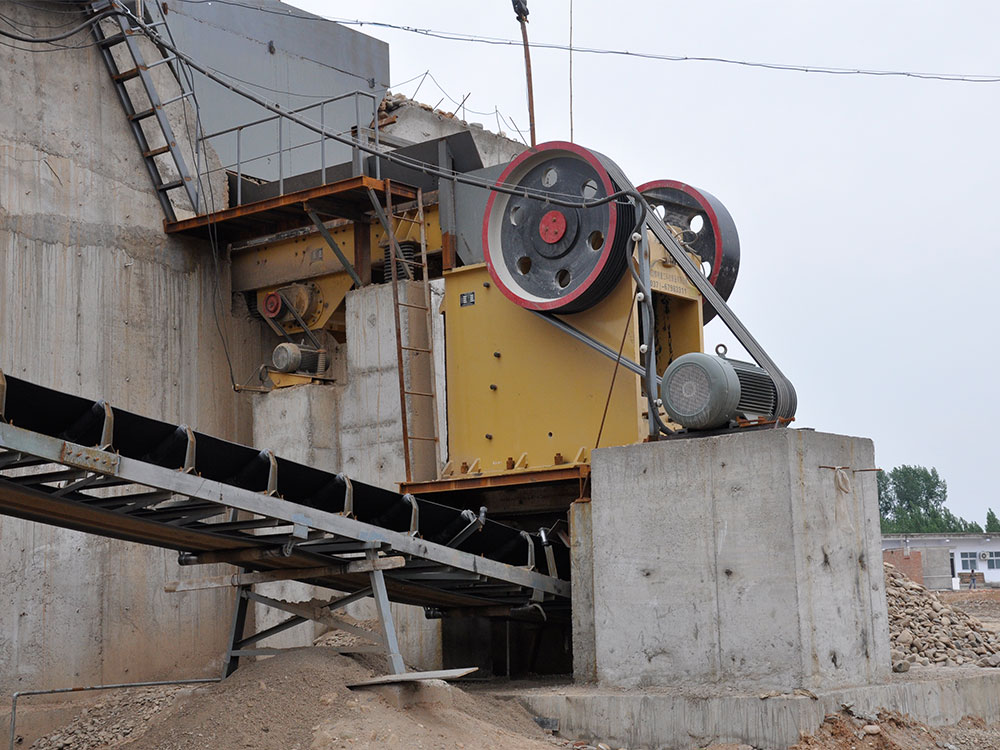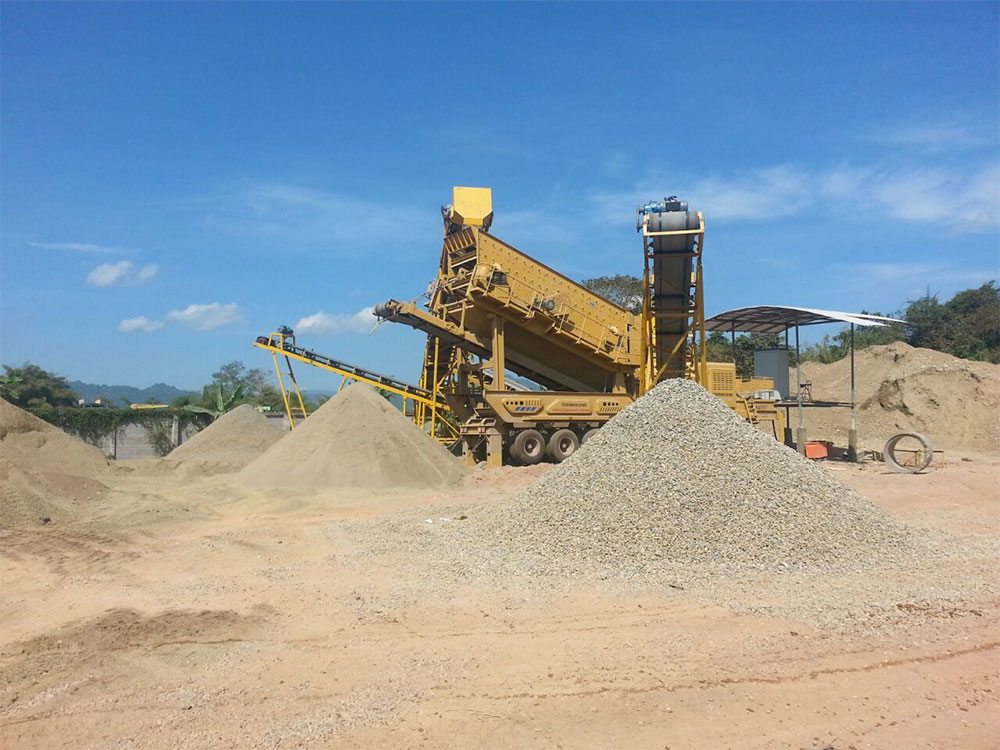When planning the equipment configuration for a basalt aggregate production line, it is a process that requires comprehensive and meticulous consideration of multiple key factors. We must take into account the hardness of the raw material, the production capacity requirements of the production line, and the specifications of the finished product. These factors are interrelated and mutually influential, collectively determining the rationality and efficiency of the production line equipment configuration.
The core equipment typically consists of several important components, each playing an indispensable role in ensuring the smooth operation of the basalt aggregate production line.
First is the primary crushing stage, where the jaw crusher serves as the core equipment, tasked with the initial crushing of large basalt blocks. Basalt, being a high-hardness rock, is often extracted in large blocks. Directly feeding these into subsequent stages not only makes processing difficult but may also damage the equipment. The jaw crusher, with its high crushing ratio and strong processing capacity, has become an indispensable starting equipment for the production line. In actual production, a high-performance jaw crusher can process tens of tons or even hundreds of tons of large basalt blocks per hour, crushing them into smaller pieces suitable for the next stage, thereby laying a solid foundation for subsequent crushing and sand-making operations.
The next stage is the medium and fine crushing process, where the cone crusher (single-cylinder or multi-cylinder hydraulic) plays a crucial role. The cone crusher utilizes the principle of layer compression crushing, achieving efficient crushing of basalt through mutual compression and friction between materials. This crushing method is particularly suited to the high hardness of basalt, effectively further crushing the coarse-crushed material into smaller particles. In the field of hard rock crushing, cone crushers have emerged as leaders due to their outstanding performance and reliability. Compared to traditional crushing equipment, cone crushers offer advantages such as high crushing efficiency, low energy consumption, and minimal wear, significantly enhancing the overall efficiency of the production line.
The process then proceeds to the shaping and sand-making stage, where impact crushers play a crucial role. It not only shapes the stone material to make it more regular and rounded in shape but also performs sand-making operations, producing finished products that meet different specification requirements through parameter adjustments. In industries such as construction and road building, there are strict requirements for the specifications of sand and gravel materials. The impact crusher can flexibly adjust crushing parameters according to actual needs, producing sand and gravel materials that meet different particle size and gradation requirements, thereby enhancing the quality of the aggregate. Additionally, hydraulic double-roll sand-making machines are used to produce fine sand. They crush materials into smaller particles through compression crushing and then screen them through a drum to precisely control the particle size of the finished product, meeting diverse requirements. For example, in projects with high quality requirements for fine sand, hydraulic double-roll sand-making machines can produce fine sand with uniform particle size and stable quality, providing high-quality raw materials for the project.
In terms of screening and auxiliary equipment, vibrating screens are used for grading and screening finished aggregates to ensure consistency in particle size. During the production process, various factors may cause variations in the particle size of crushed aggregates. Vibrating screens use screens of different specifications to grade aggregates based on particle size, enabling optimal utilization of aggregates of different sizes. Common options include high-strength screening equipment such as the S5X series, which offer advantages such as high screening efficiency, large processing capacity, and robust construction, making them suitable for large-scale production needs. Wheel-type sand washers are used to clean finished sand, removing impurities such as soil and dust. After washing, the cleanliness of the sand and gravel is higher, and their market value is also enhanced. In some projects with high requirements for the quality of sand and gravel, such as high-end buildings and bridges, using washed sand and gravel can ensure the quality and durability of the project. Feeders and conveyors are responsible for achieving continuous and stable material transportation, ensuring the smooth and efficient operation of the production line. Feeders evenly convey materials into crushing equipment, preventing material buildup or interruptions; conveyors transport crushed materials to the next stage, ensuring the continuity of the entire production process.
Finally, two typical configuration schemes are provided for reference:
Stone production line configuration: jaw crusher → cone crusher → impact crusher → vibrating screen. This configuration is suitable for producing various specifications of stone, meeting the demand for stone in construction, road, and other fields. In actual production, the crushing parameters of the impact crusher can be adjusted according to the specifications of the stone to produce compliant stone products.
Sand production line configuration: jaw crusher → cone crusher → hydraulic double-roll sand maker → sand washer. This configuration is primarily used for producing fine sand and is suitable for projects with high quality requirements for fine sand. The hydraulic double-roll sand maker can produce fine sand with uniform particle size and stable quality. After washing by the sand washer, the cleanliness of the fine sand is further enhanced, meeting the high-quality requirements of engineering projects.


